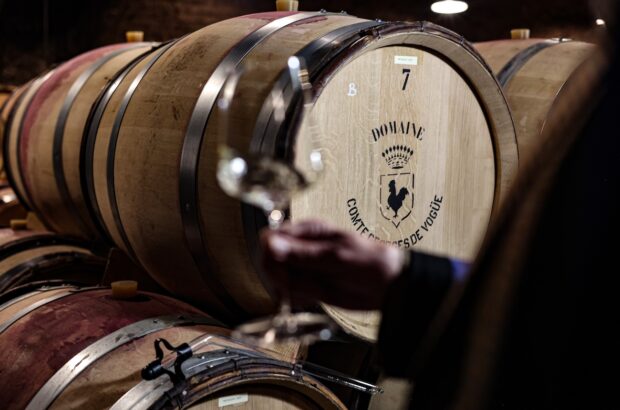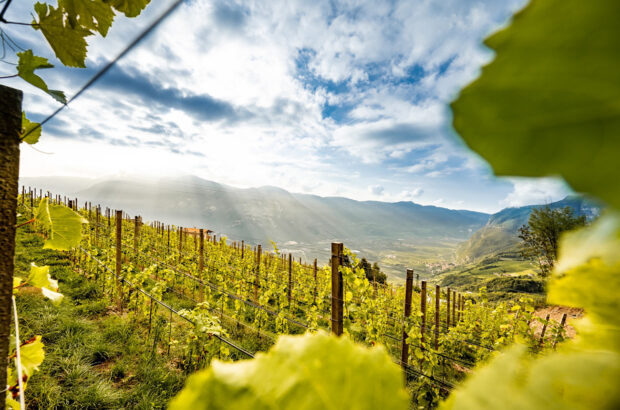It was one of the great years for Bordeaux and California was already on the march following its Judgement of Paris success six years earlier - but this wine legend feature shows Australia was no slouch in the early 1980s...
Wynns, John Riddoch Cabernet 1982: A legend because…
John Riddoch was a land owner and politician who owned 28,500 hectares across Australia. He first planted vines in Coonawarra in the 1890s, and Wynns’ top Cabernet Sauvignon pays homage to him. Today Wynns owns 900ha of vines (about 20% of the region), so winemakers can select the very finest fruit for the John Riddoch bottling. Wynns is now owned by global giant Treasury Wine Estates, but quality has long been consistent. This 1982 was the first John Riddoch bottling.
The Facts
Bottles produced 24,000 bottles
Composition 100% Cabernet Sauvignon
Yield about 45hl/ha
Alcohol 12.9% on label (but in fact 13.4%)
Release price AUS$13.50 per bottle
Price today A$960 per bottle
Looking back
The 1970s had not been an outstanding period for Wynns, mainly because new plantings were just coming on stream and so those vines were very young. There was a shortage of labour in Coonawarra, which meant that grapes were not always picked at optimal ripeness. John Wade, who made the 1982 John Riddoch, joined Wynns as winemaker in 1978. At the time there was no electricity in the winery, hence no refrigeration, and so fermentations could veer out of control as temperatures mounted. Nor was there a proper lab where the winemaking team could perform detailed analyses. However, a visit to Bordeaux in 1981 inspired Wade to invest in better barrels, and he was able to gain the support of Wynns general manager Robin Moody. This investment allowed Wade to use more new oak to age the best wines
The vintage
1982 enjoyed a mild growing season, and was an exceptional vintage in Coonawarra, where the Cabernet Sauvignon in particular was of superlative quality. The autumn was steadily warm, but with lower temperatures than would be common in more recent times.
The terroir
Coonawarra is famously flat; it makes the Médoc look hilly. Yet its special character lies just underground in the form of the famed terra rossa soil. Its red hue derives from the soil’s iron content, but equally important is the permeable limestone subsoil that retains moisture and sustains the vines even during very dry periods. Only central Coonawarra (a strip 1km wide and 15km long), has terra rossa soil, and many vineyards are planted on heavier clay and sand. The climate is cooler than Barossa, resulting in Cabernet of great structure and ageing potential. The grapes for this wine were sourced from two terra rossa sites: Johnson Vineyard, planted in 1954, and Majella Vineyard, which had fairly young vines. The fruit for this wine would have been machine-harvested – not the case today.
The wine
Only 1% of the Wynns vineyards are used to source John Riddoch. The wines were fermented for about 10 days and about 3g of acidity added, probably at fermentation. Wade would have aimed to keep the temperature no higher than 28°C, but it wasn’t always possible without temperature control. The wine stayed in tank for malolactic fermentation, and then transferred to one-year-old barrels for one year, followed by a further year in new oak. Sue Hodder, Wynns’ chief winemaker today, reflects: ‘In the late-1970s people started talking about New World wines, and Coonawarra winemakers recall endless discussions about what our regional style should be. The 1982 John Riddoch has riper flavours and aromas than many Cabernets of that era.’
The reaction
In late 2013, in the company of Sue Hodder, I tasted a bottle long stored in the Wynns cellars. The colour was deep, the blackcurrant nose lush and generous. Medium-bodied on the palate, fine acidity gave intensity and freshness. The tannins were fine-grained and the finish had charm, purity and persistence.
Related Content

Wine Legend: Trimbach, Clos Ste-Hune 1990

Languedoc wine legend Aimé Guibert dies







